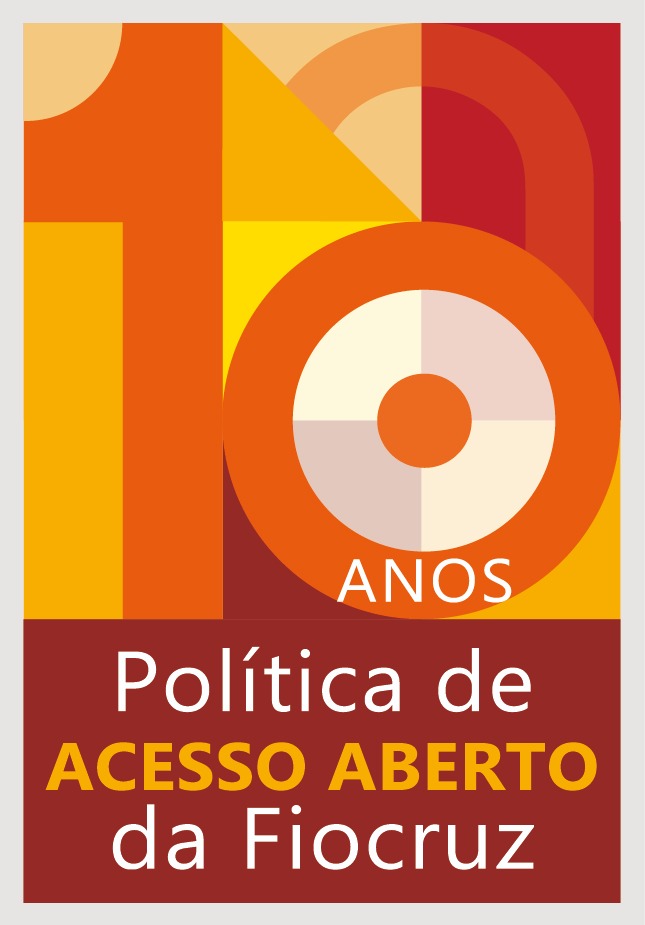Study shows a 19% excess of deaths in Brazil in 2020
27/10/2022
Fiocruz News Agency (AFN)
A study by researchers from Fiocruz and from Estácio University shows a 19% excess of deaths in 2020, the first year of the COVID-19 in the country. The group of infectious and parasitic diseases was the one that stood out the most from among the defined causes of death. The goal of the analysis was to estimate excess mortality in Brazil and in the states during that period, assuming it was different for each group of causes of death.
The research also showed that some groups had death rates lower than what was expected. That is the case of respiratory diseases (10% below the expected rate) and external causes (4% lower than expected rates). This likely occurred due to improvements in clinical tracking and social distancing early in the pandemic, respectively.
In addition to a global analysis for the entire country, the research identified great heterogeneity between the states. The states with the highest standardized mortality ratio (SMR) are in the north region. Those with the lowest SMR are in the south and south-east regions. A higher excess mortality was found in the state of Roraima, while the lowest was found in Rio Grande do Sul.
The excess deaths for this period, in Brazil, was approximately 190,000, and included deaths associated either directly (due to the disease) or indirectly (due to the impact of the pandemic on the health systems and on the society) to COVID-19. The overall impact of the pandemic was, therefore, possibly higher than what was indicated by the deaths reported to be caused solely by the Sars-CoV-2 virus.
“Some causes of death were related to the lack of healthcare caused by the reorganization of the healthcare system, while others were linked to the change in social interaction patterns among the population. This diagnosis is important because it shows the need for local health services to be more resilient, so they can support essential health services during a period of crisis. This includes more consistent health information systems”, said Raphael Guimarães, Fiocruz researcher.
The study also highlights a great excess of mortality due to ill-defined causes. “This is directly related to the difficulty in filling out death certificates, and it is possible
that a big part of these deaths has a direct relation with COVID-19”, mentioned the principal author of the study.
Methodology
The expected number of deaths was estimated through a linear trend analysis with the number of deaths between 2015 and 2019. “For each group of causes and each state of Brazil, we calculated the standardized mortality reasons, as well as the 95% confidence level intervals for each SMR”, he explained.
The research calculated the mortality rate for the following groups of causes of death: infectious and parasitic diseases, cancers, endocrinological causes, mental issues, cardiovascular diseases, respiratory diseases, genitourinary tract disorders, deaths during pregnancy, labor or puerperium, external causes, and ill-defined causes, as well as general mortality. The data were collected in May 2022, i.e. already in the final version of the microdata of the Mortality Information System (SIM) made available after correction by the Ministry of Health.





